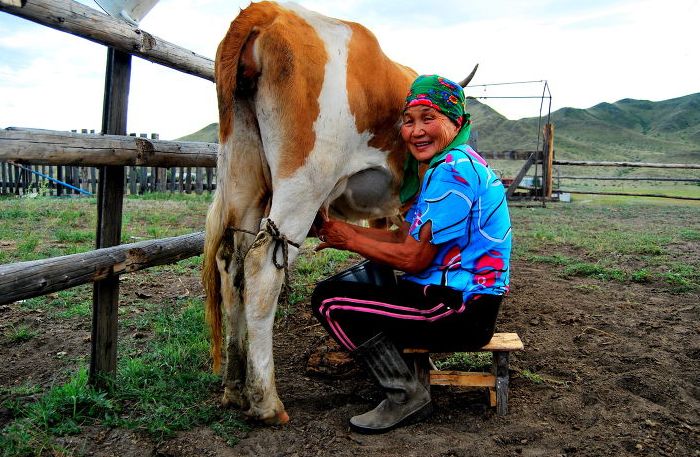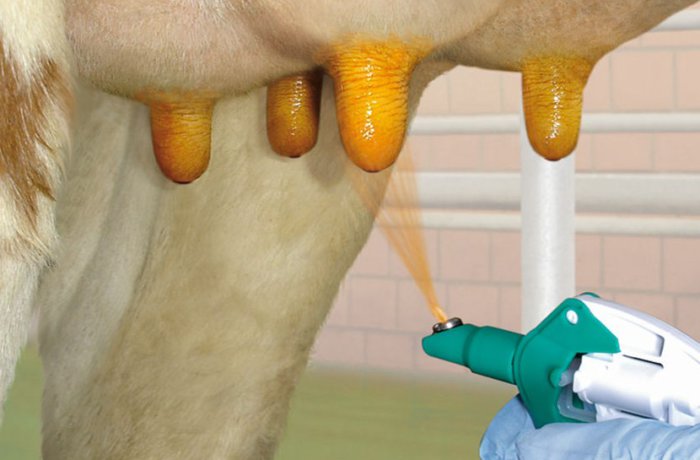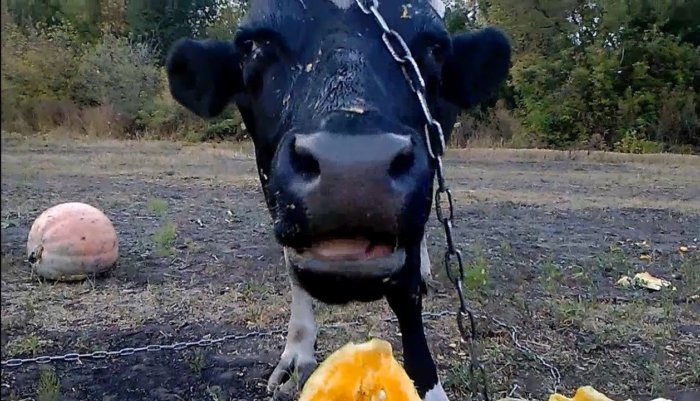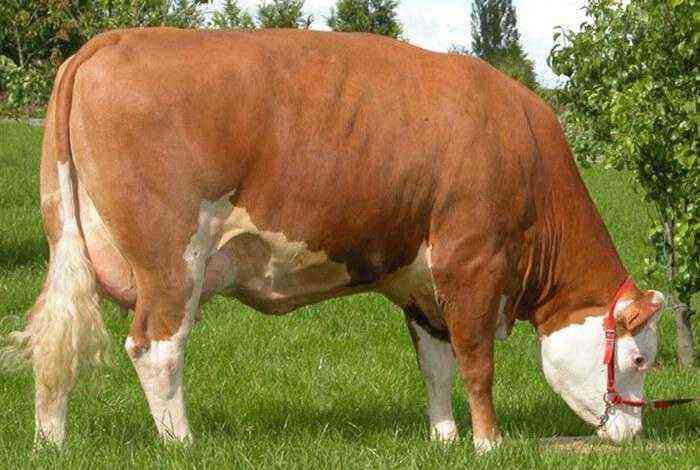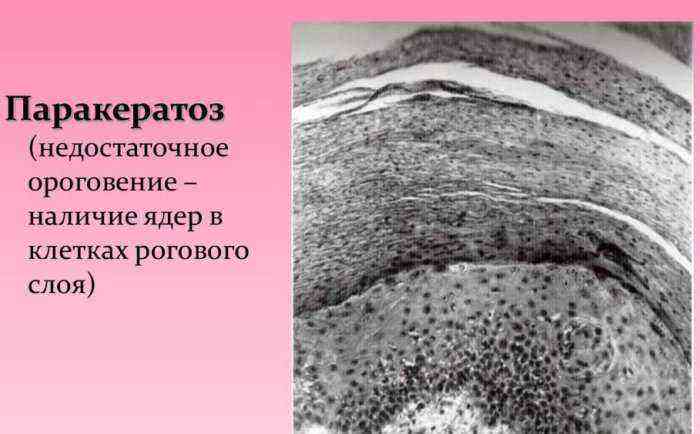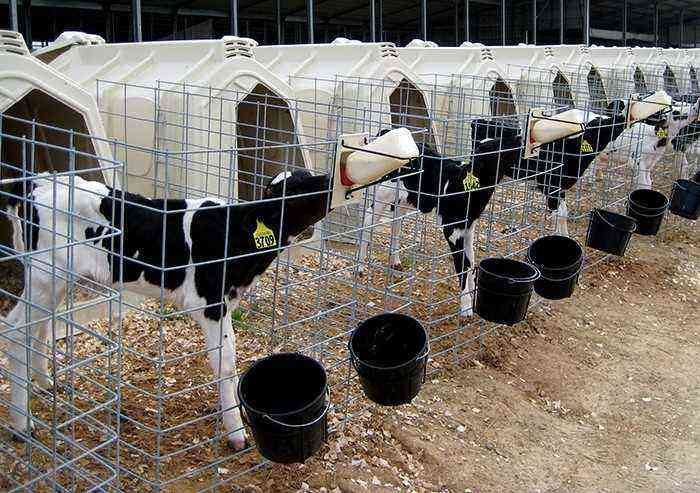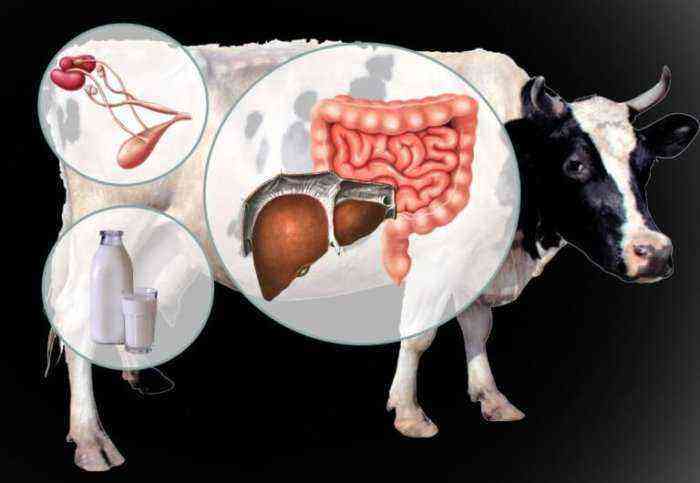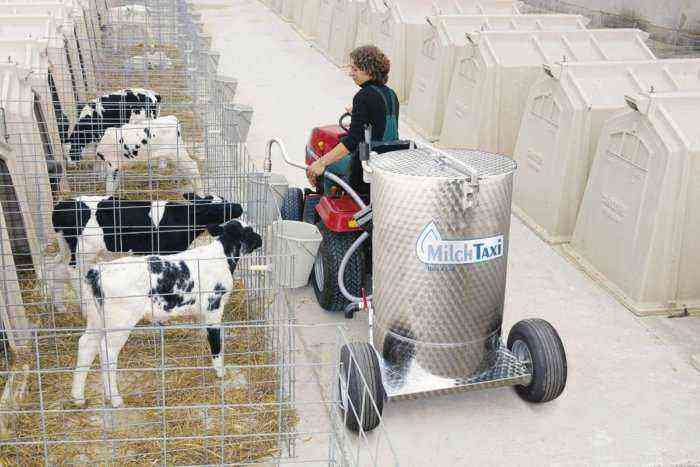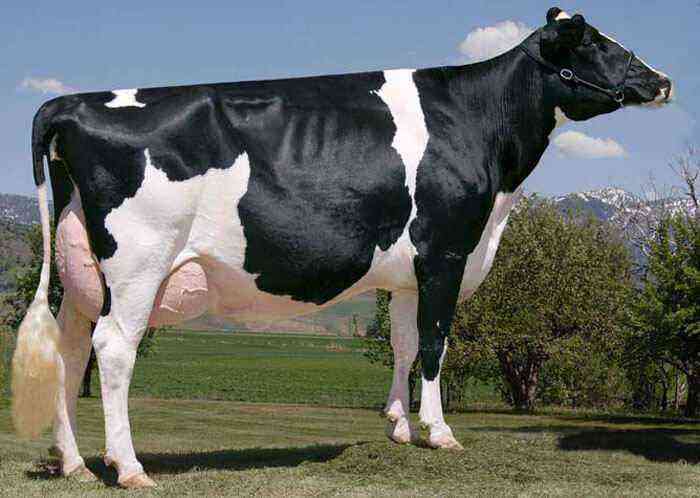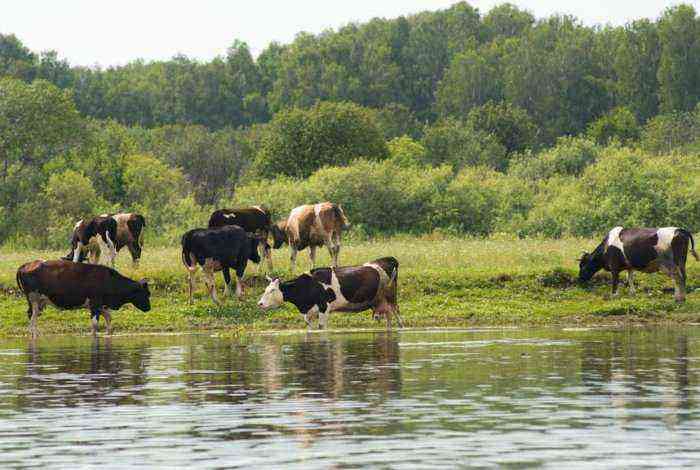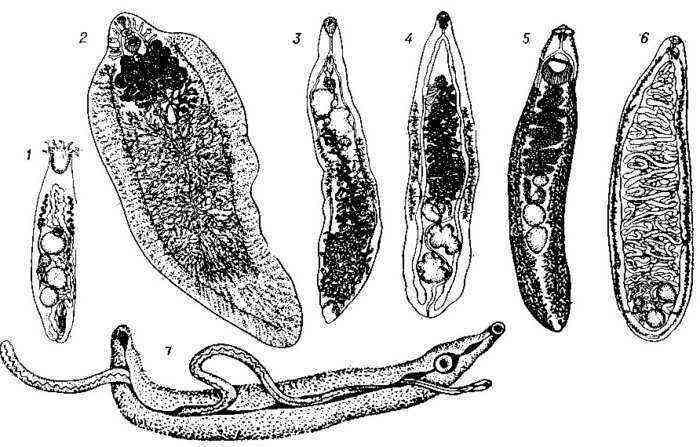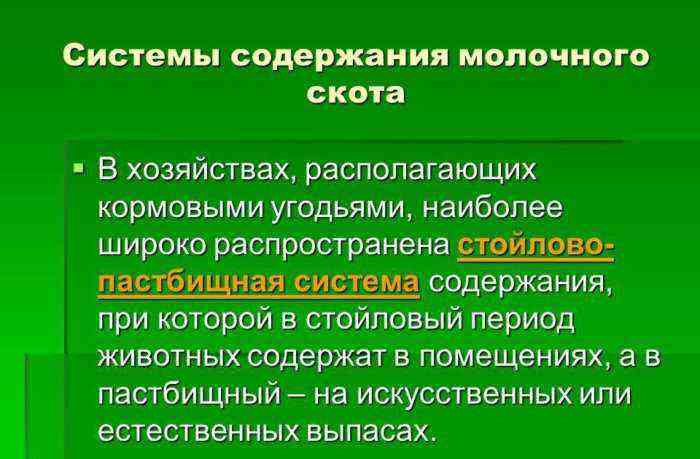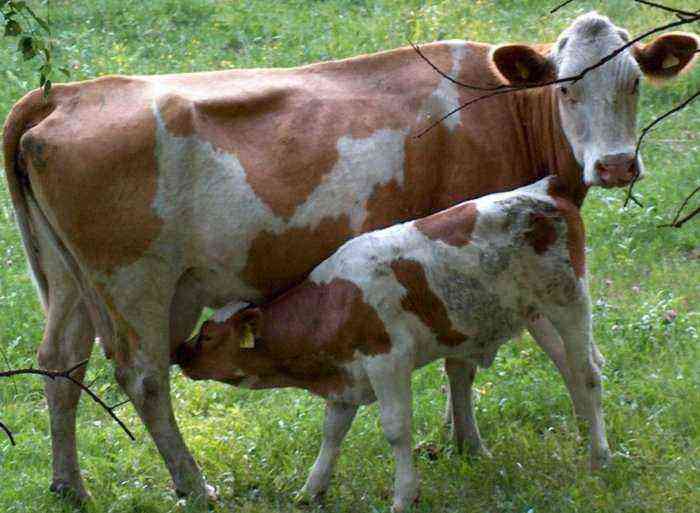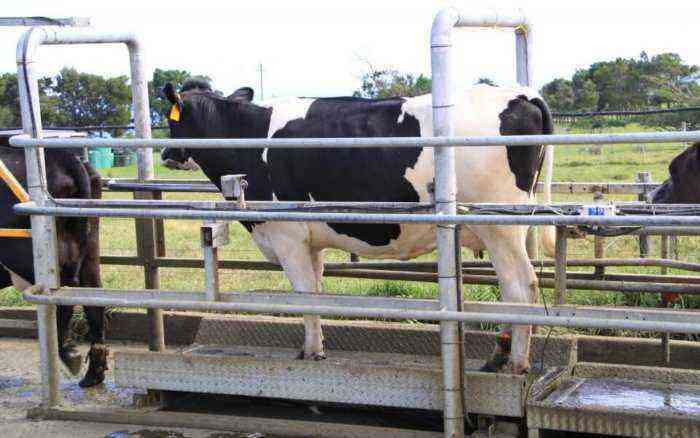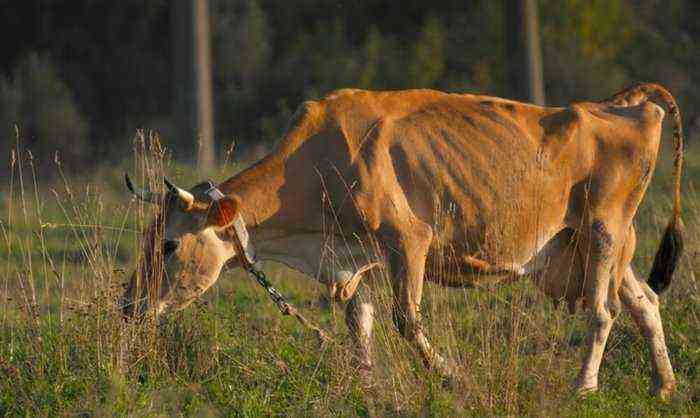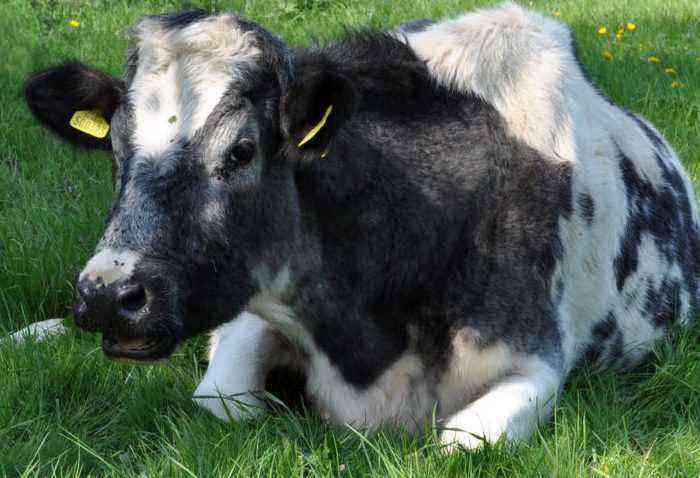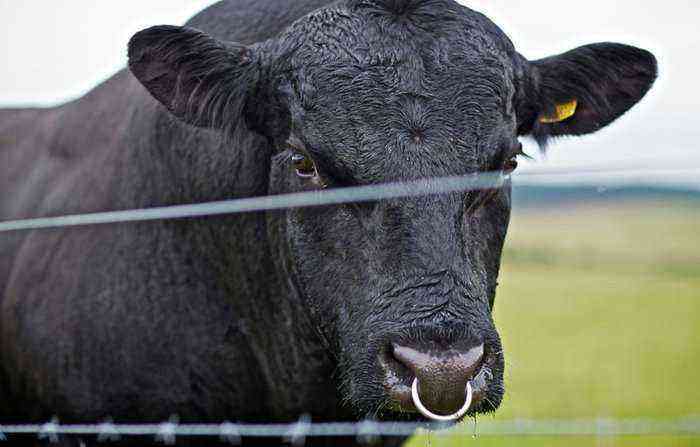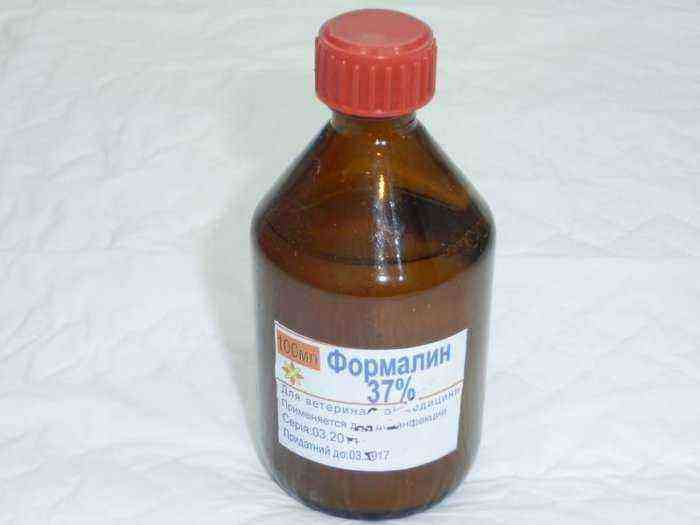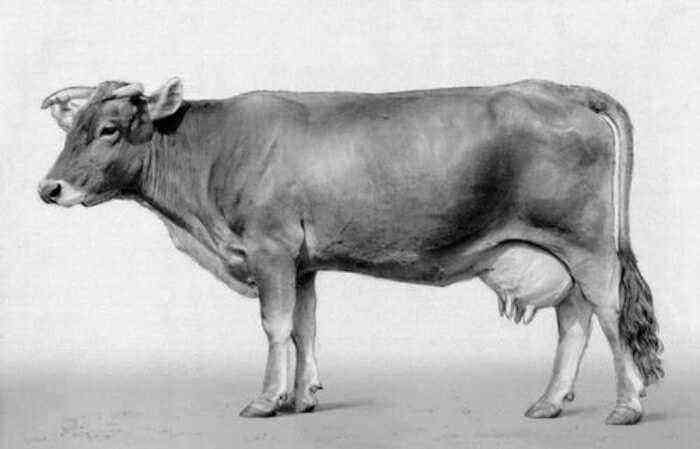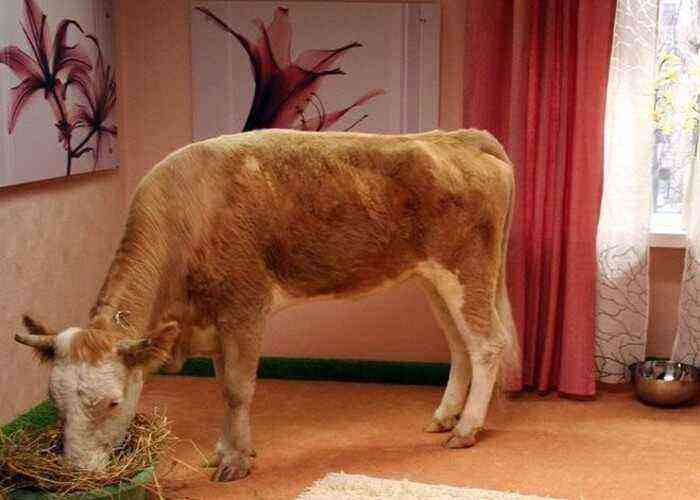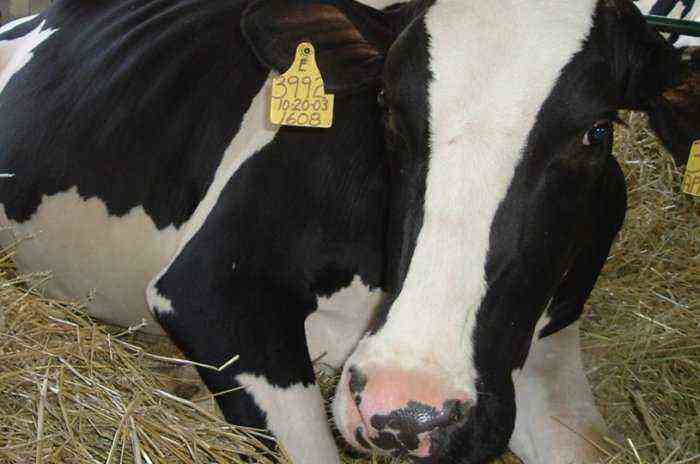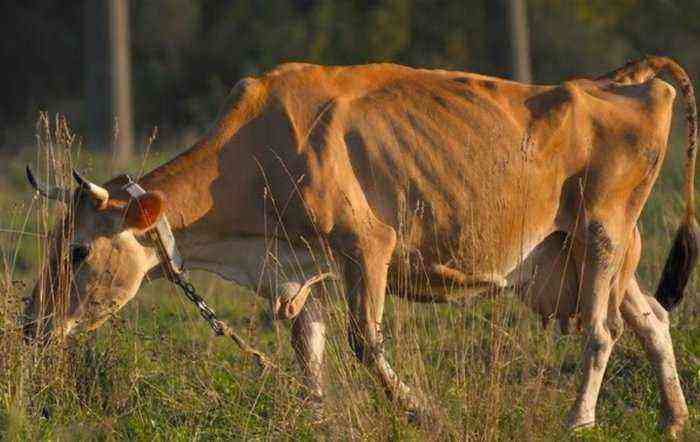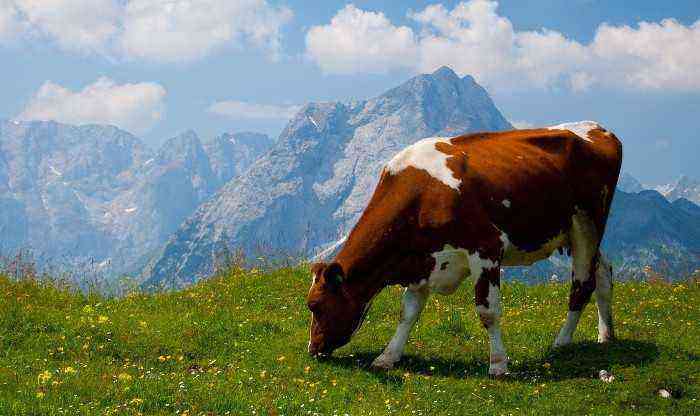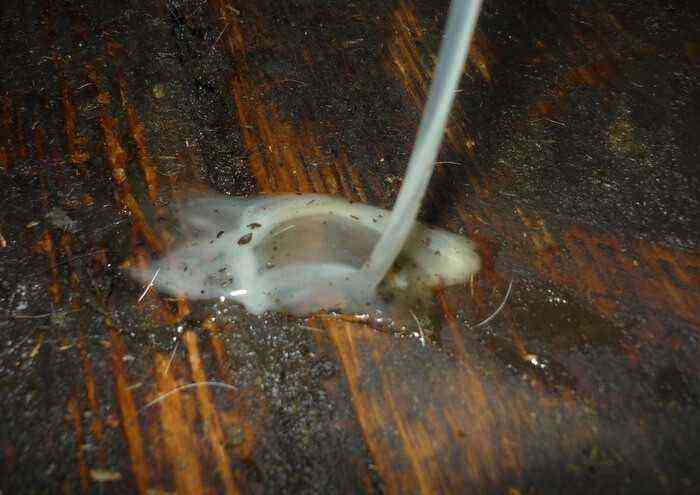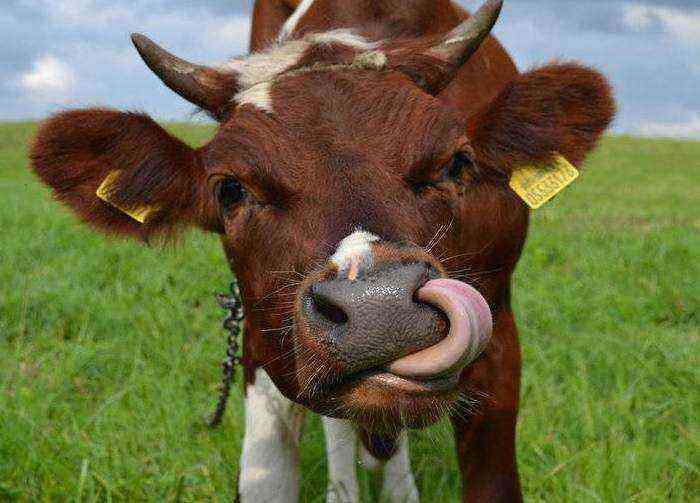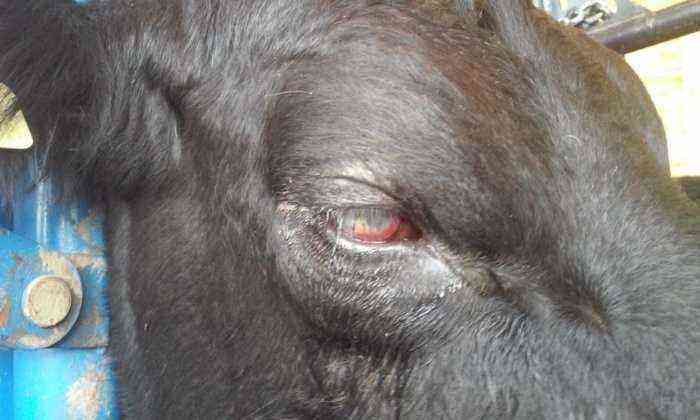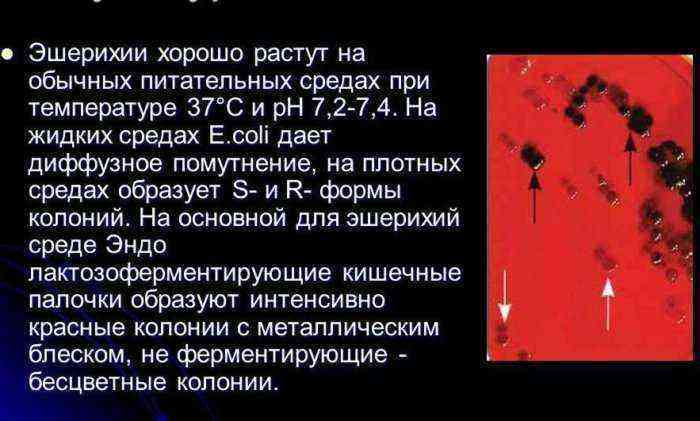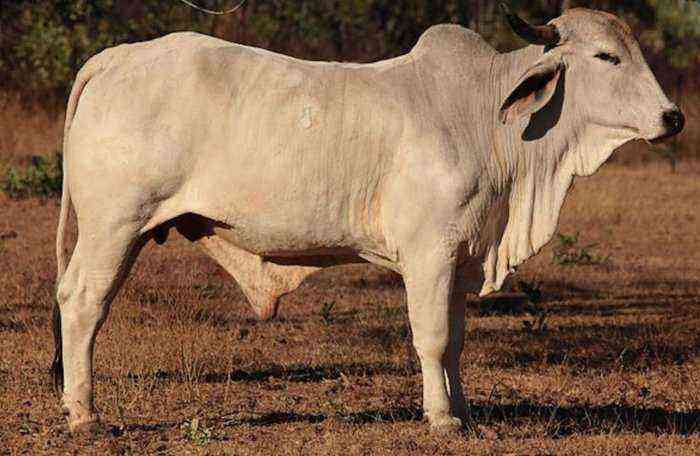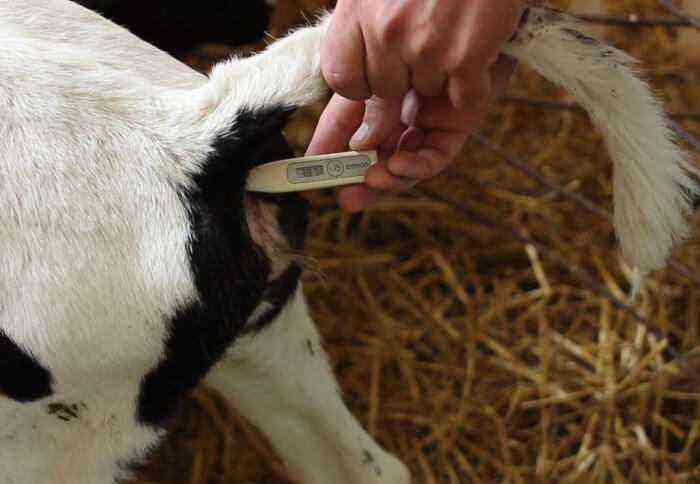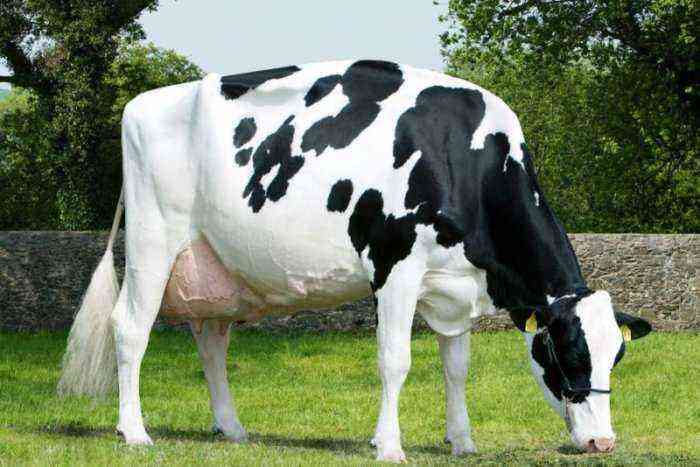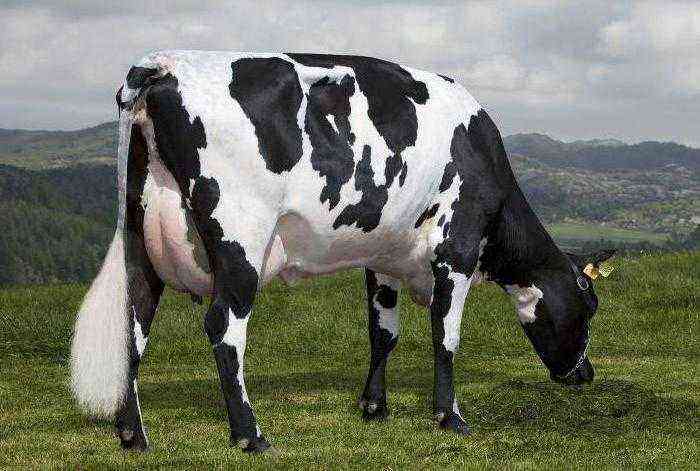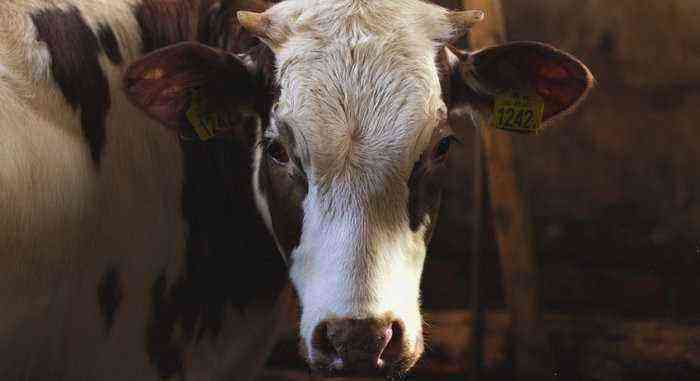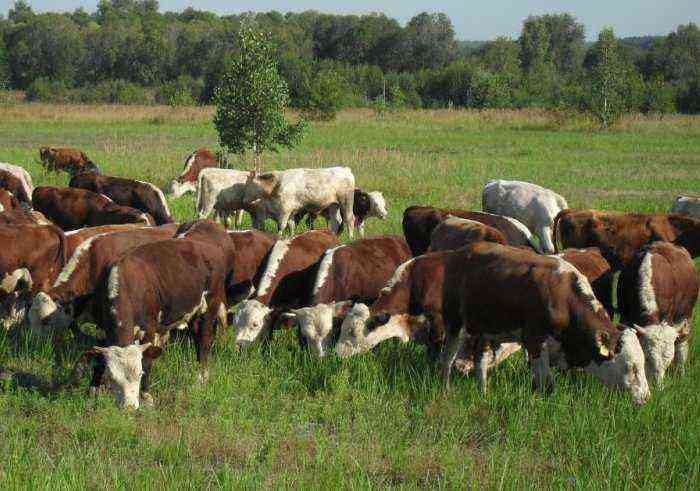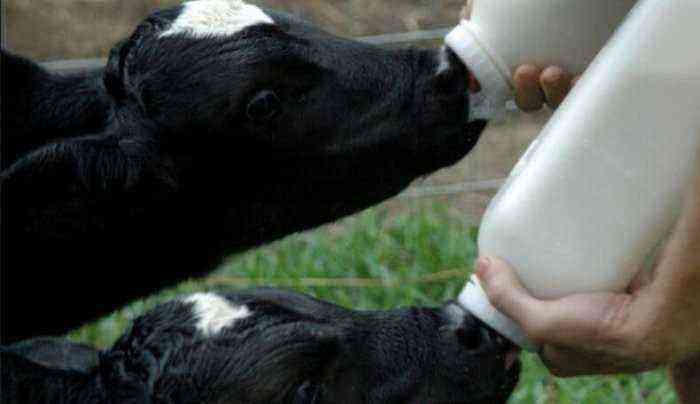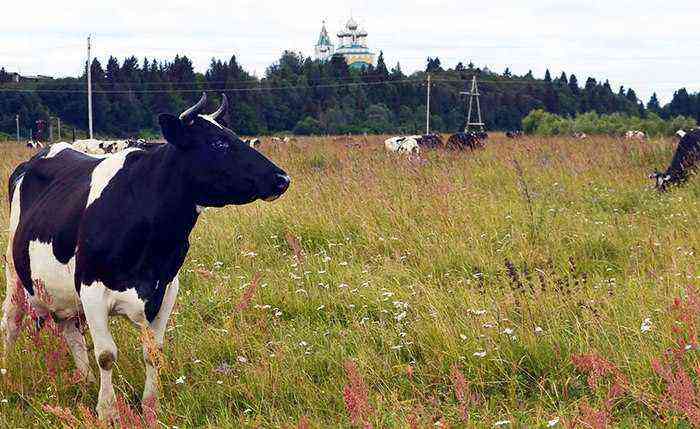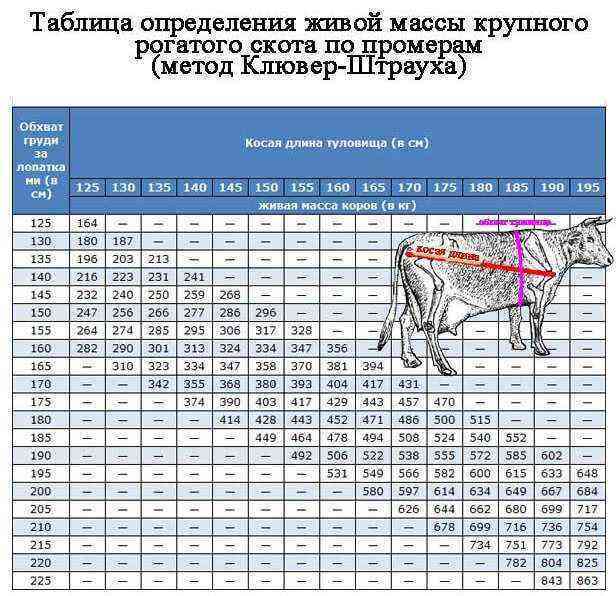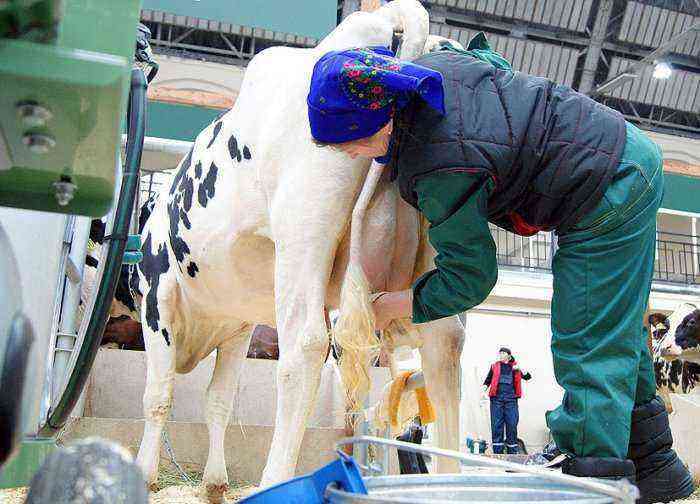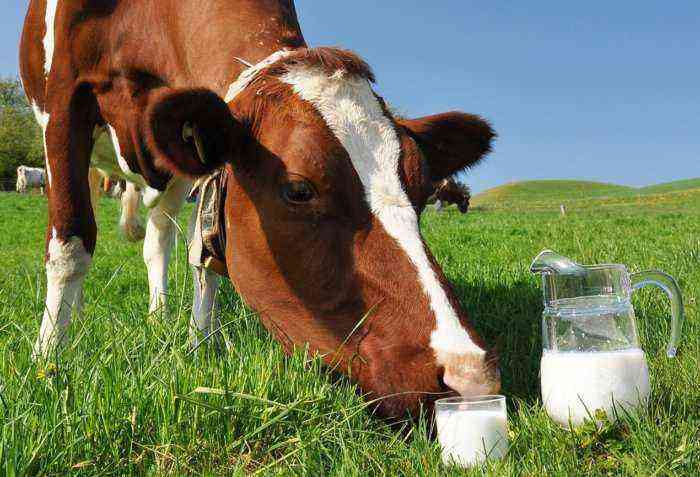The cow gives milk, from which cottage cheese, sour cream, kefir, butter and other products are made, and manure is a valuable fertilizer for household plots. Let’s see how profitable it can be to keep a cow.
Breeding cows
How to choose a good cow?
First you need to pay attention to the breed of the animal. By appearance, you can determine the physical condition of the cow: her look can tell a lot. If he is cheerful, then the animal is normal. It is important to check his reaction to irritation and sounds, touching the udder. It will be possible to determine the age of the animal by examining the teeth and horns. After the next calving, a tubercle-ring appears on the latter. 2 years are added to their number, and the age is determined without error.
- A one-year-old animal has blunt horns, while a two-year-old animal has sharp, formed ones. A young cow has sharp and white teeth. It is necessary to examine the udder of the animal: in a covered heifer, it is slightly elongated, with formed milkings, hanging down. If this part is taut, and the nipples are the size of a bean, then a dairy cow will not work out of this animal. Bodyness can be determined by the presence of a bump at the base of the nipple.
- Productive cows have a massive udder, while others have a hard and small one. In the latter case, the fat content of milk increases. If the animal’s tail arcs away from the spine, then the milk will not be too fatty. When it is flattened, you can get 4% fat. This should not be attributed to the breeds of Charolais, Pinzau, gray mountain cattle.
- It is necessary to check the depth of the “milk wells” on the belly of the animal, which begin in the region of the milk veins. They are well expressed in some cows, in others they are inside, but they can be felt. If 4 fingers are completely placed in them, and the milk veins are thick, then the productivity of the animal is high. To determine this indicator without errors, its comparison in several animals will help.
- You should milk the cow a little. If at the same time she behaves calmly and does not tighten her stomach, then this is a good sign. When, upon tactile contact, the cow begins to express dissatisfaction, it will not be possible to milk it.
milking cows
Organization of the barn
Before its construction, it is necessary to determine the number of animals. An area of 3×3 meters should be allocated for one animal. The height of an ideal building corresponds to 2,4 meters. For its construction, different materials are selected:
- foam blocks;
- brick;
- tree;
- cinder blocks, etc.
The floor must be above ground level. Ideally, the barn is light, as cows do not perceive darkness well. It is necessary to make 2-3 windows that will be above the eye level of the animal. The house should have a feeder 30-40 cm high, 40-45 cm wide. Ideally, its length is a meter. On the opposite side, a recess is made in the floor, in which you can put all the necessary tools for care and life. The house must be kept clean, because the cow will never lie on a dirty bed. The impossibility of rest will cause a significant decrease in milk yield.
Execution of documents
- With one founder, it will be possible to register as an individual entrepreneur (individual entrepreneur). Thanks to this, it will be possible to take advantage of a simplified taxation system that provides for 6% of gross income. This form is the simplest, it does not require time and money.
- Another option is the design of a KFH (peasant farm). It is relevant for several owners (for example, when forming a family business, when each member makes a financial contribution to the organization and development, ultimately bringing the business to profit). Such an organization should be headed by a chairman, who could previously be registered as a separate individual entrepreneur.
Registration of KFH
Purchase of cows
There are about three hundred species of dairy cows in Russia. The choice of a particular option must be made in accordance with the area in which the farm is opened. Farmers living in a particular region will sell animals and talk about care and maintenance, consult on the characteristics of the species. It is not recommended to deliver livestock from distant places, as it will be difficult for them to adapt to the local climate. Otherwise, the farmer may have many problems, including financial ones (significant costs for veterinary care).
It is recommended to ask the breeder for documents on livestock, certificates and veterinary certificates about the origin of cows. It is recommended to visit an experienced specialist who will examine the animals, as a novice farmer cannot always determine their condition.
Important! A cow begins to give milk after two years of life. These animals are more expensive in cost, but after acquiring them, you will not have to wait for milking and the start of making a profit.
Content
Often, farmers combine stall and pasture types of content. When grazing is impossible, cows spend most of their lives in a closed house, and in the summer they walk in the squares. Stalling is practiced in areas with plowed land where there are no spacious pastures. In summer, cows are in stockyards, they need green top dressing. In winter, they live in rooms where yards for walking should be formed in advance.
In the stall, each animal must be behind a partition. 10 cm below this place it is necessary to equip a manure channel. Fixed leashes are provided in the stalls: then it will be easy for the animals to lie down, move, take water and food. They lay small straw, in some cases sawdust or peat. When breeding cows, it is required to comply with sanitary and veterinary requirements. Isolation is necessary when:
- tuberculosis;
- brucellosis;
- trichomoniasis;
- vibriosis.
It is necessary to monitor the udder of cows
It is necessary to monitor the udder of cows – treat with special means, rinse. Twice a month sanitation is performed in the barn. For walking the animal is found 2 times a day.
Feeding
In winter, the following feeds are used:
- succulent (pumpkin, fodder beet, silage);
- coarse (hay and straw);
- concentrates.
In the first days after calving, high-quality hay is fed. Beets and concentrates are offered after the normalization of the udder (decrease in swelling and inflammation). When the animal is fed, the daily norm of beets and concentrates is increased. The amount of roughage remains the same, it changes depending on the appetite. When lactating, the cow is offered corn silage.
In summer, grass from pastures and imported green mass act as the main feed.
Attention! To prevent problems with the digestive system, 2-3 kg of roughage is recommended for animals before going out to pasture.
An adult cow should consume 60-70 kg of grass per day, a young one – 30-40 kg. If there is enough green mass, then concentrated feed is offered to animals with a daily milk yield of more than fifteen kilograms, as well as to calves up to six months. Table salt should be given regularly at 50-100 g per day per animal.
In winter, 2 months before calving, cows absorb 6 kg of hay, 5 kg of straw, 1-2 kg of concentrates. 10-15 days before the appearance of the calf, the latter are excluded, since their use can cause inflammation of the udder or swelling.
The cow should eat pumpkin, thanks to which a beautiful and tasty butter can be made from milk. The intake rate is up to fifteen kilograms. Cake, bran, compound feed contribute to the production of protein, but it is not recommended to give them in large quantities: 4 kg per day is enough. Their cooking is undesirable, since useful properties are lost along with it.
Cow should eat pumpkin
Breeding
Breeding cows at home is considered a profitable and profitable business, as well as an opportunity to obtain natural and healthy products. Experienced farmers recommend initially taking responsibility for 5-20 cows. Heifers mature at 8 months, physiologically at 18. Their sexual cycle is 21 days. In the absence of insemination, lowing, raising the tail, arching the back begin.
Attention! Cows should be inseminated twice: when hunting is detected and after 10 hours.
The inseminated heifer must be tethered at rest. If within 29 days after mating, the cow began hunting, then it can be considered pregnant. The duration of pregnancy is from 250 to 310 days. Milking stops 1,5-2 months before birth, otherwise the offspring may be born weak. Before calving, the animal becomes shy, and the ligaments on the sides of the tail root are soft and relaxed. A few hours before calving, mucus begins to stand out from the uterus, milk appears. With these signs, it is necessary to rinse the genitals and the back of the cow well, using a solution of potassium permanganate, lay clean straw around. Most often, the calving goes well and the breeding of cows at home is carried out quickly.
Equipment purchase
You need to purchase a lot of different equipment:
- tractors for transporting feed and manure;
- rakes, tedders, mowers and other devices for harvesting hay;
- transport for the transportation of finished products (milk, meat) to the market;
- containers for goods, agricultural tools.
Raising cows for milk is an activity that requires the effort and time of the farmer, but with proper care, it will certainly bear fruit and the first profit.
